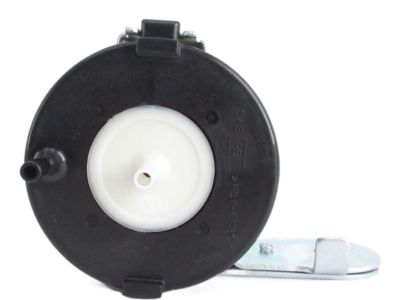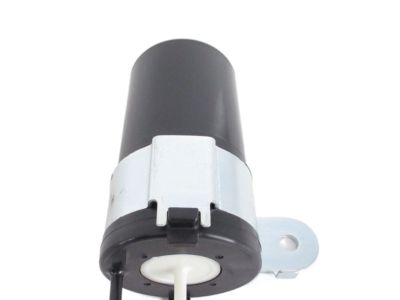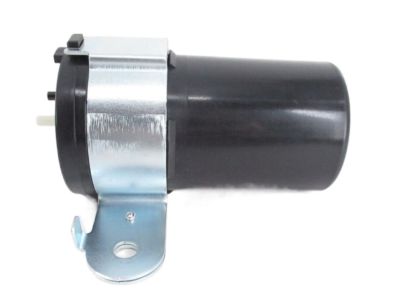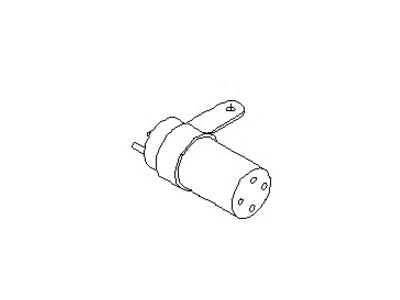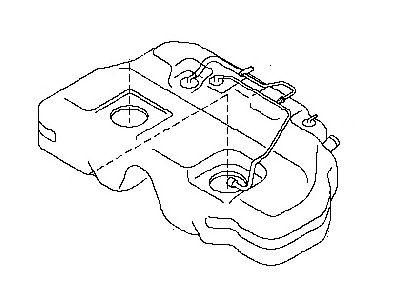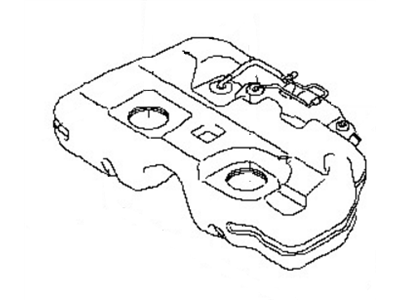×
- Hello
- Login or Register
- Quick Links
- Live Chat
- Track Order
- Parts Availability
- RMA
- Help Center
- Contact Us
- Shop for
- Nissan Parts
- Nissan Accessories

My Garage
My Account
Cart
Genuine Nissan Murano Fuel Tank
Gas Tank- Select Vehicle by Model
- Select Vehicle by VIN
Select Vehicle by Model
orMake
Model
Year
Select Vehicle by VIN
For the most accurate results, select vehicle by your VIN (Vehicle Identification Number).
10 Fuel Tanks found

Nissan Murano Tank Assy-Pressure
Part Number: 22370-2Y50A$85.96 MSRP: $121.42You Save: $35.46 (30%)Ships in 1-3 Business DaysNissan Murano Fuel Tank Assembly
Part Number: 17202-1AA0B$844.87 MSRP: $1193.32You Save: $348.45 (30%)Ships in 1-3 Business DaysNissan Murano Fuel Tank Assembly
Part Number: 17202-1AA0A$844.87 MSRP: $1193.32You Save: $348.45 (30%)Ships in 1-3 Business DaysNissan Murano Fuel Tank Assembly
Part Number: 17202-CC20A$844.87 MSRP: $1193.32You Save: $348.45 (30%)Ships in 1-3 Business DaysNissan Murano Fuel Tank Assembly
Part Number: 17202-CC20B$844.87 MSRP: $1193.32You Save: $348.45 (30%)Ships in 1-3 Business DaysNissan Murano Fuel Tank Assembly
Part Number: 17202-5AA0A$939.40 MSRP: $1326.83You Save: $387.43 (30%)Ships in 1-3 Business DaysNissan Murano Fuel Tank Assembly
Part Number: 17202-5AA0B$939.40 MSRP: $1326.83You Save: $387.43 (30%)Ships in 1-3 Business DaysNissan Murano Fuel Tank Assembly
Part Number: 17202-CA000$912.00 MSRP: $1267.97You Save: $355.97 (29%)Ships in 1-2 Business DaysNissan Murano Fuel Tank Assembly
Part Number: 17202-5AF2A$1167.76 MSRP: $1649.38You Save: $481.62 (30%)Ships in 1-3 Business DaysNissan Murano Fuel Tank Assembly
Part Number: 17202-5AF2B$1167.76 MSRP: $1649.38You Save: $481.62 (30%)Ships in 1-3 Business Days
Nissan Murano Fuel Tank
The Fuel Tank in Nissan Murano cars is designed for storage of the fuel; it contains the electric fuel pump and fuel gauge sender. It also has function for operating the Evaporative Emission Control System (EVAP) in order to avoid loss of fuel vapor. These tanks are usually cylindrical and are made of metal or plastic Their disadvantages are that metal tanks rust as well as cause corrosion while plastic tanks break when exposed to heat and if they vibrate a lot. Racing fuel tanks have developed into fuel cells that cannot easily be punctured and spill gas in the event of an accident. Amerityre's military-spec heavy duty fuel tanks can increase driving distances up to 500 miles by using lightweight, corrosion-resistant polymer.
If you need any OEM Nissan Murano Fuel Tank, feel free to choose them out of our huge selection of genuine Nissan Murano Fuel Tank. All our parts are offered at unbeatable prices and are supported by the manufacturer's warranty. In addition, we offer quick shipping to have your parts delivered to your door step in a matter of days.
Nissan Murano Fuel Tank Parts Questions & Experts Answers
- Q: How to remove and install a fuel tank on Nissan Murano?A:The following procedure is much easier to perform if the fuel tank is empty. Drain the fuel into an approved fuel container using a commercially available siphoning kit (NEVER start the siphoning action by mouth), or wait until the fuel tank is nearly empty, if possible. Remove the fuel tank filler cap to relieve fuel tank pressure. Relieve the fuel system pressure. Disconnect the cable from the negative terminal of the battery. Remove both Fuel Pump/Fuel Level Sensor modules. Raise the vehicle and place it securely on jackstands. If there is still fuel in the tank, siphon it out. Remember - NEVER start the siphoning action by mouth! Use a siphoning kit, which can be purchased at most auto parts stores. Remove the rear section of the exhaust system. Remove the driveshaft on AWD models. Remove the rear parking brake cables. On AWD models, remove the entire rear suspension subframe assembly as one unit. Remove the fuel tank shields (The plastic fuel tank shields and the rear portion of the exhaust system must be removed before the fuel tank can be lowered). Connect the fuel filler and vent hoses from the fuel tank. Support the fuel tank with two floor jacks one beneath each lobe of the fuel tank. Position a wood block between the jack heads and the fuel tank to protect the tank. Remove the fuel tank straps. Slowly lower the tank with the jacks and remove the tank from the vehicle. Installation is the reverse of removal. Reconnect the battery and perform the necessary re-learn procedures.
Related Nissan Murano Parts
Browse by Year
2024 Fuel Tank 2023 Fuel Tank 2022 Fuel Tank 2021 Fuel Tank 2020 Fuel Tank 2019 Fuel Tank 2018 Fuel Tank 2017 Fuel Tank 2016 Fuel Tank 2015 Fuel Tank 2014 Fuel Tank 2013 Fuel Tank 2012 Fuel Tank 2011 Fuel Tank 2010 Fuel Tank 2009 Fuel Tank 2008 Fuel Tank 2007 Fuel Tank 2006 Fuel Tank 2005 Fuel Tank 2004 Fuel Tank 2003 Fuel Tank
